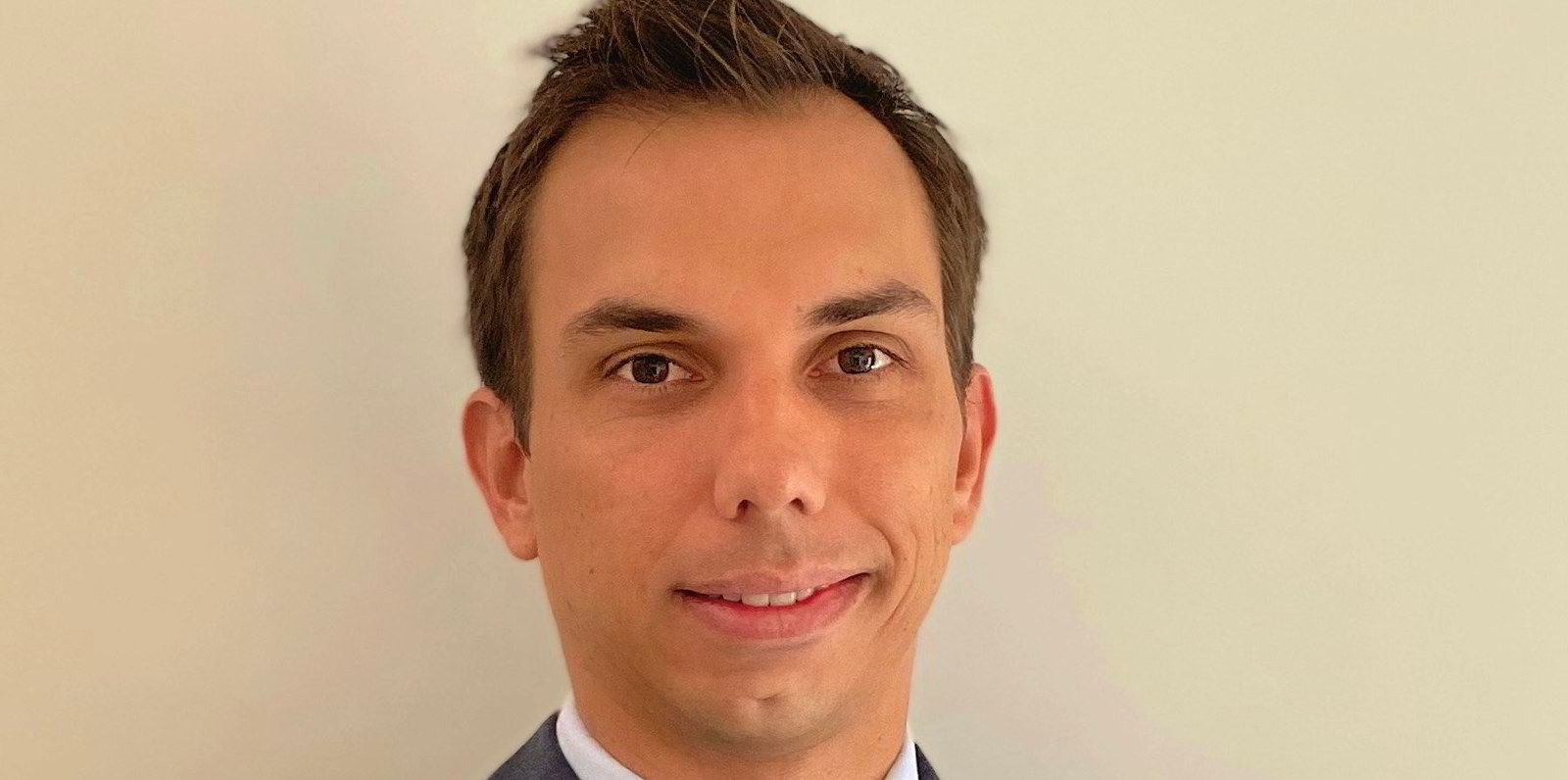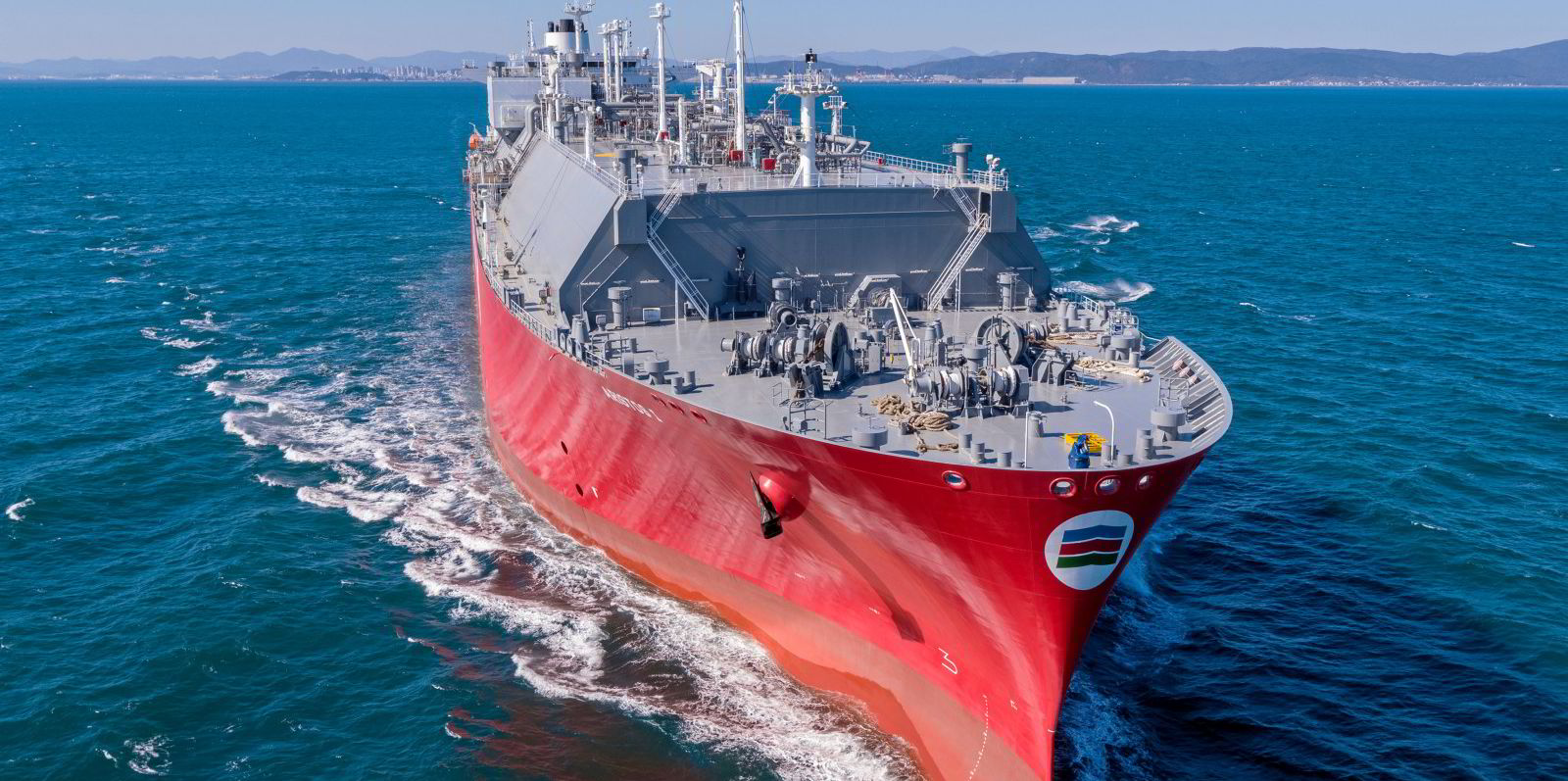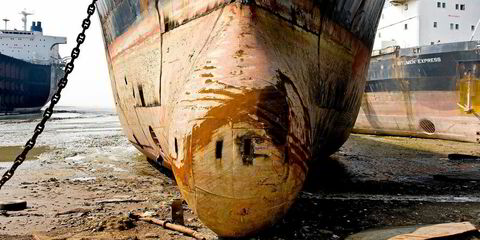A lack of clarity on future emissions and environmental legislation is making LNG shipowners question how and if to invest in new technologies for their vessels.
In a session dedicated to shipping at the World LNG Summit & Awards in Athens, Maran Gas Maritime LNG commercial director Mark Terzopoulos said the company has been investing in new technology to cut emissions even when the charterer is not willing to pay a premium for this.
He stressed that these are not small additional costs.
Shipowners can only build the most efficient ships available today and try to develop new technologies to bring down emissions, he said.
But Terzopoulos said there is a big question mark around what future regulations will be for ships that have already been invested in.
It makes owners “very hesitant” to invest in new-technology shipping just because there are so many different scenarios out there.
“We need to get some clarity on where we want to go,” he said. “Right now, there is a big haze in front of us and nobody is giving real advice on where we want to get to.”
In the panel session, which was moderated by Howe Robinson Partners senior LNG broker Debbie Turner, Lloyd’s Register global gas segment director Panos Mitrou warned that while today’s LNG carrier newbuildings represent a new generation, their design specifications started back in 2016.

Based on the classification society’s analysis, he said these ships will face a problem with their operation within 10 years, or before the end of the next decade.
Speakers at the World LNG Summit & Awards appeared animated by what has been in the last year the most active sale-and-purchase market the LNG carrier sector has seen.
MOL Europe Africa executive director Suryan Wirya-Simunovic described LNG S&P interest right now as “at an all-time high”. He said the demand is particularly focused on TFDE, DFDE and steam-turbine vessels.
GasLog head of commercial Matthew Higgs said the action is helped by the current environment and demand for energy along with strong pricing. But if this changes, he suggested the S&P activity could wane.
Terzopoulos said this is still a “young market”.
He said that as it progresses, liquidity will come, which will be very useful.
“We look forward to it but we don’t think it is quite there yet,” he said.
“We need to make a greater effort in terms of compliance,” he said, adding that Lloyd’s Register sees methane as a key factor for LNG shipping and envisions a need for greater focus on the technologies that can address this.
Capital Product Partners chief commercial officer Spyros Leoussis also called for regulatory clarity.
Leoussis said just 23% of the current LNG fleet is modern two-stroke vessels, which offer greater efficiencies.
He said Capital Product sees the potential for onboard carbon capture in 10 to 15 years. But he added that all the company can do today is to improve the efficiency of the vessels as much as possible.
Leoussis said the priority today is to replace the steam turbine and tri-fuel diesel-electric (TFDE) vessels in the fleet but there is not enough shipyard capacity to do this.
But membrane containment system designer GTT disagreed.
GTT commercial vice president David Colson said the company sees a need to build between 40 and 50 vessels per year for both business expansion and fleet renewal.
Colson said that with South Korea’s ability to build 65 vessels per year and China progressing to around 18 ships, yard capacity beyond 2027 will likely exceed demand.
The speakers also discussed the incoming Carbon Intensity Indicator regulations, finance, charter contract lengths and an active S&P market.





